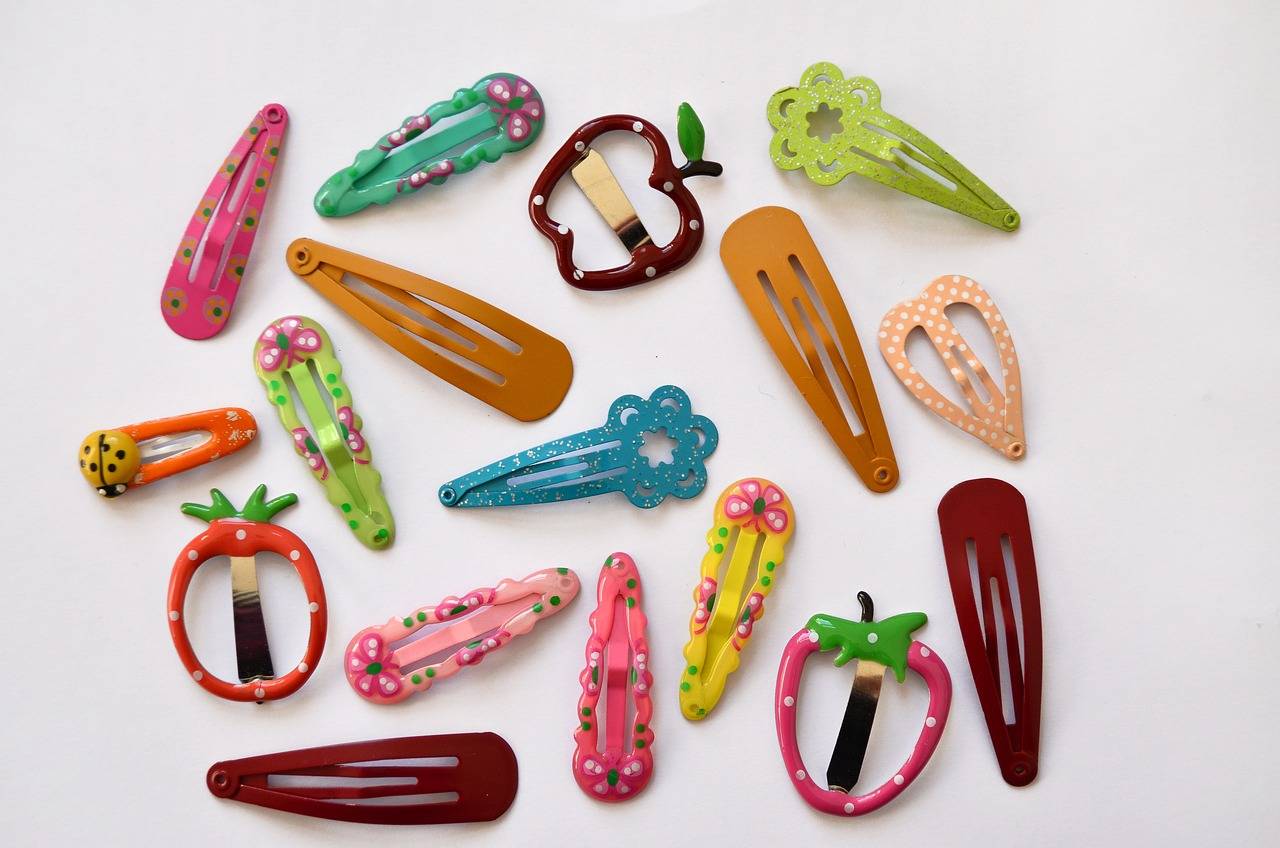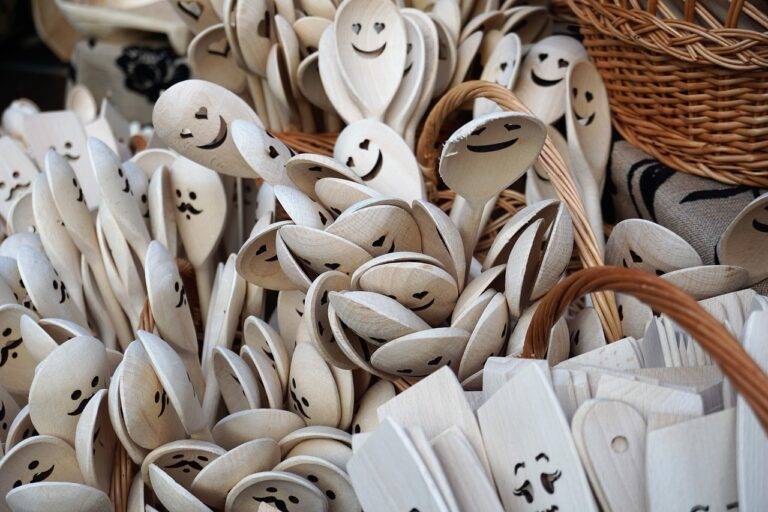Set Design in Puppetry Performances: Bringing Characters to Life: 11xplay reddy login password, King 567, Skyinplay live login
11xplay reddy login password, king 567, skyinplay live login: When it comes to puppetry performances, set design plays a crucial role in bringing characters to life on stage. A well-crafted set can enhance the audience’s experience, create a sense of place, and help establish the world in which the story unfolds.
Set design in puppetry is a unique art form that requires a delicate balance of creativity, technical skill, and imagination. From intricate miniature landscapes to detailed backdrops, set designers work tirelessly to create immersive environments that complement the puppeteer’s performance and bring the characters to life.
Here are some key ways in which set design enhances puppetry performances:
1. Creating a Sense of Place
One of the primary functions of set design in puppetry is to establish the world in which the story takes place. Whether it’s a fantastical kingdom, a bustling city street, or a cozy home, the set helps to ground the audience in the setting and create a sense of place.
2. Enhancing Characterization
Set design can also play a role in enhancing the characterization of puppet characters. The colors, textures, and details of the set can convey important information about a character’s personality, background, and motivations.
3. Setting the Mood
The set can also help to set the mood and tone of a puppetry performance. By using lighting, props, and other elements, set designers can create atmosphere and evoke specific emotions in the audience.
4. Providing Practical Support
In addition to its aesthetic and narrative functions, set design also serves practical purposes in puppetry performances. Sets can provide support for puppets, hiding mechanisms and puppeteers, and creating spaces for scene changes and other technical elements.
5. Enhancing Storytelling
Ultimately, set design in puppetry is about enhancing the storytelling experience for the audience. By creating immersive environments that support and enhance the narrative, set designers help to bring the characters and the story to life in a way that captivates and engages viewers.
In conclusion, set design is an essential element of puppetry performances that plays a vital role in bringing characters to life on stage. Through careful attention to detail, creative vision, and technical skill, set designers help to create immersive worlds that support and enhance the puppeteer’s performance, setting the stage for an unforgettable theatrical experience.
FAQs:
Q: How do set designers work with puppeteers to create a cohesive performance?
A: Set designers collaborate closely with puppeteers to ensure that the set complements and enhances the puppetry performance. They work together to create a unified vision for the production, coordinating elements such as scale, style, and color to create a cohesive and harmonious stage environment.
Q: What are some common materials and techniques used in puppetry set design?
A: Puppetry set designers often use a variety of materials and techniques to create their sets, including foam, wood, fabric, and other construction materials. They may also use techniques such as painting, sculpting, and texturing to create realistic and detailed environments for their puppet characters.
Q: How can set design be used to convey themes and ideas in puppetry performances?
A: Set design can be a powerful tool for conveying themes and ideas in puppetry performances. By using symbolism, metaphor, and visual cues, set designers can help to underscore the underlying messages and emotions of the story, adding depth and complexity to the performance.







